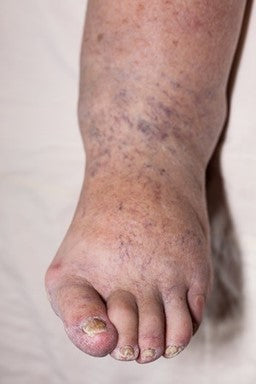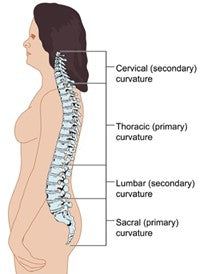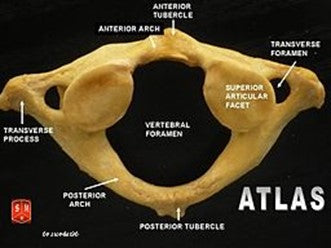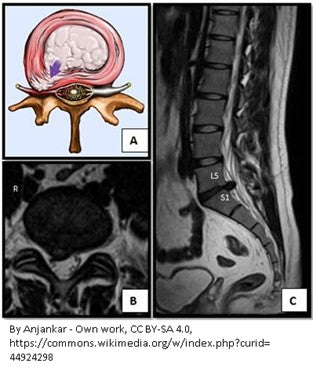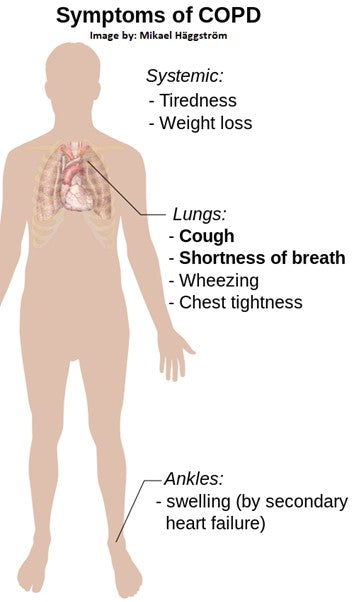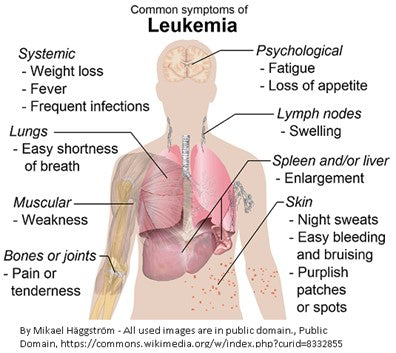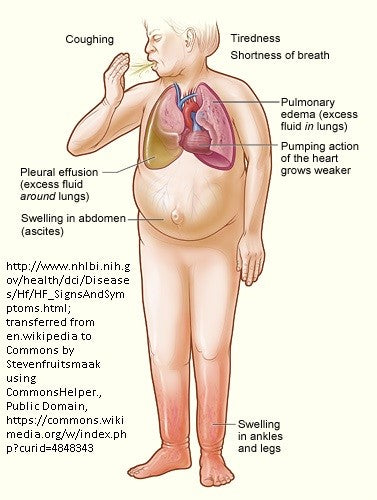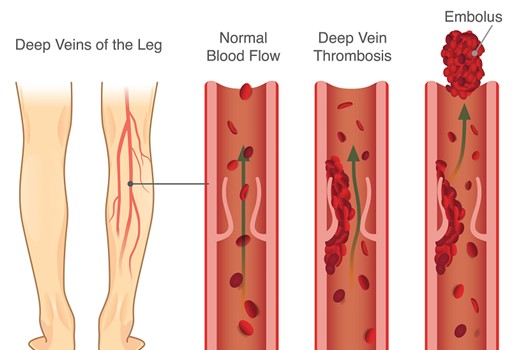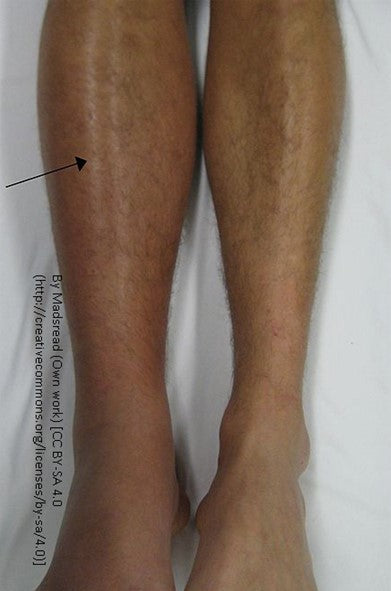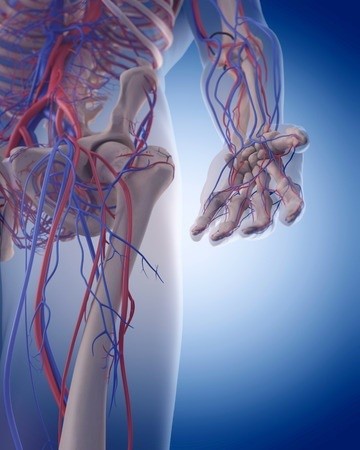Chronic Obstructive Pulmonary Disease (COPD)
COPD makes it hard to breathe. The main cause of COPD is long-term exposure to substances that irritate and damage the lungs. This is often seen with cigarette smoking, air pollution, chemical fumes, or dust.
At first, COPD may cause no symptoms or only mild symptoms. As the disease gets worse, symptoms usually become more severe. They include:
- A cough that produces a lot of mucus
- Shortness of breath, especially with physical activity
- Wheezing
- Chest tightness
Doctors use lung function tests, imaging tests, and blood tests to diagnose COPD. There is no cure. Treatments may relieve symptoms. They include medicines, oxygen therapy, surgery, or a lung transplant.
The two main types of COPD are:
- emphysema
- chronic bronchitis
Emphysema
Emphysema is a type of COPD involving damage to the air sacs (alveoli) in the lungs. As a result, the body does not get the oxygen it needs. Emphysema makes it hard to catch one’s breath. A chronic cough and having trouble breathing during exercise is common with emphysema as well.

Bronchitis
Bronchitis is an inflammation of the bronchial tubes, the airways that carry air to the lungs. It causes a cough that often brings up mucus. It can also cause shortness of breath, wheezing, a low fever, and chest tightness.

COPD Service Precautions & Advisements
Providing general body massage which could increase circulation to a struggling or failing organ (such as the lungs), would be ill-advised, specifically depending on the severity of the disease, treatment goals and other factors. It is best to check with a physician for approval and direction of bodywork for such clients.
If a physician does approve bodywork, try the work on an inclined table, where the top of the table/client’s head is slightly elevated above the bottom of the table/client’s feet, if the table can be adjusted in this manner.
ADDITIONAL SERVICE PRECAUTION: Keep extreme heat/fire away from “oxygen therapy”. Oxygen therapy use can be highly flammable and a safety hazard.
A Brief 101 About Dementia & Alzheimer’s Disease for Massage Therapists & Bodyworkers
Both diseases can cause mental incapacitation.

These diseases usually do not produce physical medical issues that could be problematic for bodywork although there are many special considerations that should be made for these clients:
First is the client’s ability to provide informed consent. Clients with either disease may not be legally sufficient to provide consent for bodywork. It would be important to learn who has power-of-attorney (POA) over a mentally incapacitated client and discuss the service with the POA.
Secondly, it would be important to obtain specialized training to work with individuals affected by diminished mental capacity. For example, all work areas should be free of clutter (given that physical navigation is often a problem), and the client should remain clothed given that they may forget where they are and subsequently panic upon realizing they are naked. Specialized training should provide many tips and tools on how to work with this vulnerable population.
Remember, it is always best to seek approval and/or direction for services from a medical physician regarding medical conditions – and their physician may have additional tips that could help provide a more successful service too.
Dementia
Dementia is the name for a group of symptoms caused by disorders that affect the brain. It is not a specific disease. People with dementia may not be able to think well enough to do normal activities, such as getting dressed or eating. They may lose their ability to solve problems or control their emotions. Their personalities may change. They may become agitated or see things that are not there.
Memory loss is a common symptom of dementia. However, memory loss by itself does not mean you have dementia. People with dementia have serious problems with two or more brain functions, such as memory and language. Although dementia is common in very elderly people, it is not part of normal aging.[i]
Alzheimer’s Disease (aka AD)
AD begins slowly. It first involves the parts of the brain that control thought, memory and language. People with AD may have trouble remembering things that happened recently or names of people they know. A related problem, mild cognitive impairment (MCI), causes more memory problems than normal for people of the same age. Many, but not all, people with MCI will develop AD.

In AD, over time, symptoms get worse. People may not recognize family members. They may have trouble speaking, reading or writing. They may forget how to brush their teeth or comb their hair. Later, they may become anxious or aggressive, or wander away from home. Alzheimer's disease (AD) is the most common form of dementia among older people.[ii]
[i] US Health & Human Services. “Dementia.” MedlinePlus, U.S. National Library of Medicine, 2 Apr. 2018, medlineplus.gov/dementia.html.
[ii] US Health & Human Services. “Alzheimer's Disease | AD.” MedlinePlus, U.S. National Library of Medicine, 2 May 2018, medlineplus.gov/alzheimersdisease.html.

